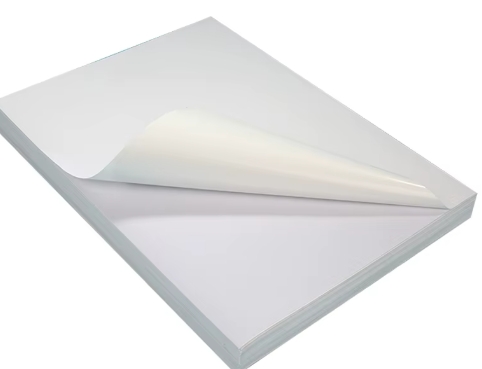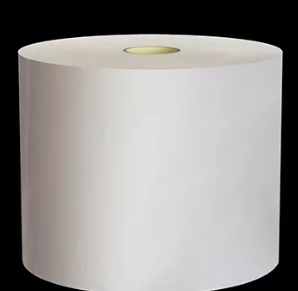When it comes to labeling solutions, two of the most commonly used materials are polypropylene (PP) and polyethylene (PE). Each material has unique properties that make it suitable for different applications. In this article, we will explore the characteristics, advantages, and ideal use cases for both PP labels and PE labels to help you make an informed decision for your labeling needs.
What are PP Labels?

Polypropylene (PP) is a thermoplastic polymer that is widely used in various applications, including labeling. PP labels are known for their durability, flexibility, and resistance to moisture, making them a popular choice in industries that require high-performance labeling solutions.
Characteristics of PP Labels
- Durability: PP labels are resistant to tearing, scratching, and other types of wear and tear. This makes them ideal for products that may be handled frequently.
- Water Resistance: Unlike paper labels, PP labels are water-resistant, allowing them to maintain their integrity in moist or wet environments.
- Print Quality: PP labels provide excellent print quality, allowing for vibrant colors and sharp images. This is particularly important for branding and product presentation.
- Temperature Tolerance: PP labels can withstand a range of temperatures, making them suitable for both refrigeration and room temperature applications.
Ideal Use Cases for PP Labels
- Food and Beverage Industry: Due to their water resistance and durability, PP labels are commonly used for food packaging, including sauces, beverages, and frozen foods.
- Cosmetics and Personal Care: The ability to maintain print quality and withstand moisture makes PP labels a popular choice for cosmetic products.
- Retail and Consumer Goods: PP labels are often used for product labeling in retail environments where presentation is crucial.
What are PE Labels?

Polyethylene (PE) is another type of thermoplastic polymer, known for its flexibility and resistance to impact. PE labels are often chosen for their ability to conform to various surfaces and their resistance to chemicals.
Characteristics of PE Labels
- Flexibility: PE labels are highly flexible, allowing them to adhere well to curved or irregular surfaces. This makes them ideal for labeling bottles, containers, and other uniquely shaped products.
- Chemical Resistance: PE labels are resistant to a wide range of chemicals, making them a suitable choice for labeling products in industrial and chemical environments.
- Cost-Effective: PE labels are often less expensive than PP labels, making them a cost-effective option for businesses with budget constraints.
- Recyclability: Depending on the formulation, PE labels can be recyclable, aligning with sustainability initiatives for many companies.
Ideal Use Cases for PE Labels
- Chemical and Industrial Applications: PE labels are commonly used in the chemical industry due to their resistance to chemicals and ability to withstand harsh environments.
- Beverages and Bottled Products: Their flexibility allows PE labels to adhere well to bottles and containers, making them a popular choice for beverage labeling.
- Shipping and Logistics: PE labels are often used for shipping labels and barcodes, as they can withstand the rigors of transport.
Key Differences Between PP and PE Labels
| Feature | PP Labels | PE Labels |
|---|---|---|
| Durability | High durability, tear-resistant | Flexible, impact-resistant |
| Water Resistance | Excellent water resistance | Moderate water resistance |
| Flexibility | Less flexible | Highly flexible |
| Chemical Resistance | Moderate | High |
| Print Quality | High-quality print | Good print quality |
| Cost | Generally higher cost | More cost-effective |
| Recyclability | Limited | Often recyclable |
Conclusion
Choosing between PP labels and PE labels ultimately depends on your specific application requirements. If you need a durable, high-quality label that can withstand moisture and maintain its appearance, PP labels may be the best choice. On the other hand, if you require flexibility, chemical resistance, and a more cost-effective solution, PE labels are likely the better option.